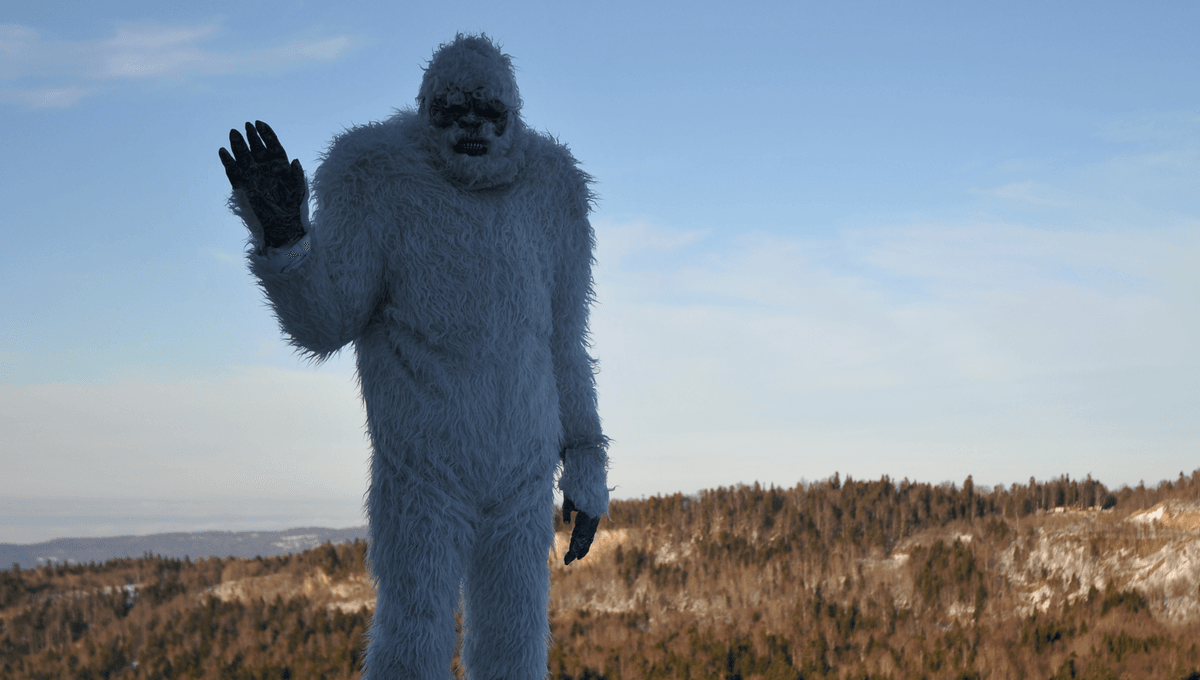
North America has Bigfoot, the Himalayas have the Yeti, and the former Soviet Union has the Almas. In the late 1960s, a Soviet historian became fascinated with reports of a giant ape-like beast roaming the mountains of Central Asia. His obsession led him to develop an elaborate theory that these sightings were not of a mysterious cryptid, but of surviving Neanderthals who had endured since the last ice age.
ADVERTISEMENT
Born in 1905, Boris Porshnev was a Soviet historian who dedicated much of his career to studying mainstream academic topics, like popular uprisings in 17th-century France and the Thirty Years’ War. However, his scholarly pursuits were later peppered with an unorthodox interest in cryptozoology, especially the strange reports of the so-called Almas.
For centuries, reports of the Almas have emerged from people living within the mountain system of Central and East Asia, including Mongolia, the Altai and Tian Shan Mountains, Xinjiang, Gansu and Qinghai in China, and the Tuva Republic in Siberia. While some slight regional variations exist, the animal is most often described as a tall, hairy, human-like creature that can’t speak and roams the hills at night.
One tale, told to a scholar in the early 1980s, speaks of an encounter between a “wild man” and two Kazakh hunters in the Altai Mountains more than four decades earlier. The hunters reportedly captured a “hairy, furious creature” and tied it to their tent. After a night of relentless crying and struggling, they took pity on the creature and released it the following morning.
Most of the accounts about Almas came indirectly from local informants rather than scientific experts working in the field, sparking authorities’ interest in getting to the bottom of the tales. Were these sightings just local folklore or were parts of the USSR harboring an unknown monster?
As reports continued to surface, Porshnev secured approval from the Soviet Academy of Sciences in the 1950s to formally investigate the Almas. In 1958, he led an expedition to the Pamirs of Tajikistan, accompanied by a team of folklore experts, geologists, and botanists. After collecting a load of anecdotal reports about local sightings, the commission compiled a 400-page report on the topic, concluding that the Almas was most likely real and residing in the region between the Tian Shan, Pamir, and Mongolia.
The report laid in obscurity, locked away in the depths of the Moscow Library, for decades until a small English publisher called the Centre for Fortean Cryptozoology obtained and translated a copy from Porshnev’s grandson. Unfortunately, most of Porshnev’s work is still hard to access, especially in English.
ADVERTISEMENT
After the expedition, Porshnev began to suggest that the Almas were, in fact, a living Neanderthal. He had flirted with the idea in previous publications, but it was most explicitly laid out in his 1974 book called L’Homme de Néanderthal est toujours vivant (French for Neanderthal Man is Still Alive), co-authored with explorer and prominent cryptozoologist Bernard Heuvelmans.
“One must say that Porshnev and I were both quite convinced of the existence of wild hairy men in the broadest and loosest sense,” Heuvelmans wrote in the intro to Porshnev’s other book, The Struggle for Troglodytes.
“However, there was a point on which we never managed to agree: I saw the Himalayan snowman as an anthropoid ape while Porshnev saw an actual human, more specifically a Neanderthal man survivor from the recent Pleistocene,” he added.
Fossilized remains of the extinct hominin species have been uncovered in this part of Eurasia, but many other aspects of Porshnev’s theory about surviving Neanderthals are out of date. Scientists no longer believe that Neanderthals were large, dim-witted brutes covered in hair, but a highly intelligent and cultured human species whose cognitive skills were perhaps closer to ours than we care to admit.
ADVERTISEMENT
There is no compelling evidence that Neanderthals still roam the wilderness of Eurasia. Yet, it is striking how so many cultures across the world — separated by vast distances and histories — all dream tales of towering, ape-like beings lurking just beyond the edges of civilization, whether it’s Bigfoot, the Yeti, or the Almas.
Perhaps the real mystery is not whether these creatures exist, but why humans are so drawn to the idea that they could.
Source Link: This Historian Believed Sightings Of A "Soviet Sasquatch" Were Living Neanderthals